Enhancing Airport Environment Efficiency Through Custom Software
 17 December 2023
17 December 2023Airports stand as pivotal nodes in the global transportation network, facilitating the movement of millions of passengers and countless tons of cargo every day. However, these bustling hubs are also at the forefront of environmental concerns. From the roar of jet engines contributing to noise pollution to the significant energy demands of sprawling terminal buildings, airports have a substantial impact on the environment. This dichotomy positions airports at the center of a crucial dialogue about sustainability in the aviation industry.
In this context, custom software emerges as a transformative solution. Tailored to the unique needs of each airport, these innovative software solutions can significantly enhance environmental efficiency. By optimizing operations, managing resources, and monitoring environmental impact, custom software stands as a beacon of progress in the journey towards greener airports.
Understanding the Intersection of Airport Operations and Environmental Impact
Airports are complex ecosystems where operational efficiency and environmental impact are deeply intertwined. The challenges they face in terms of environmental sustainability are multifaceted:
- Noise Pollution: Airports are often in or near urban areas, where the sound of aircraft taking off and landing can significantly impact local communities.
- Air Quality: Airports contribute to local air pollution, with emissions from aircraft, ground vehicles, and auxiliary power units adversely affecting air quality.
- Energy Consumption: The vast infrastructure of airports, including terminals, hangars, and runway lights, demands immense amounts of energy, contributing to their carbon footprint.
Balancing these environmental challenges with the need to maintain efficient, timely operations is a complex task. Airports must navigate these waters carefully, ensuring they meet the growing demands of global travel while also taking responsibility for their environmental impact.
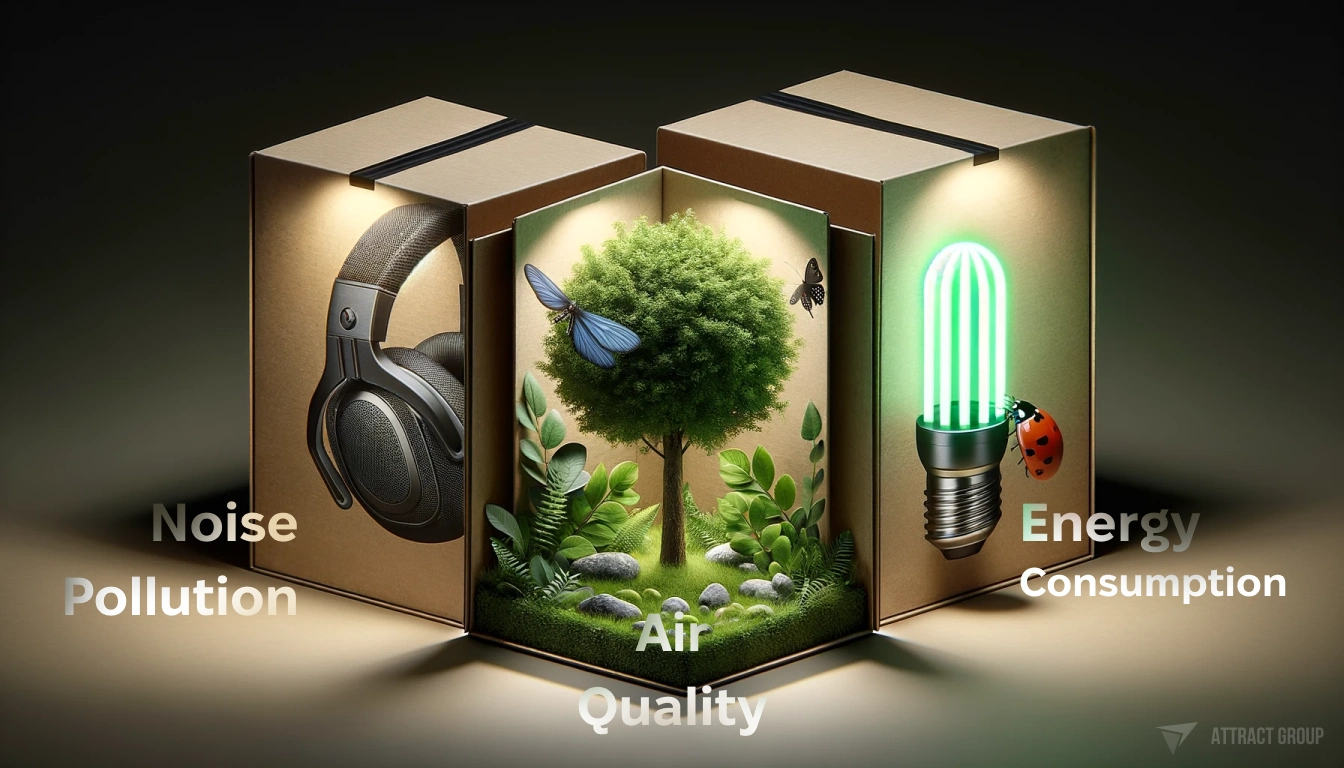
This balance is not just about compliance with regulations; it’s a broader commitment to sustainability that resonates with the increasingly environmentally conscious public and aligns with global efforts to combat climate change.
By adopting innovative solutions, particularly in the realm of custom software, airports can make significant strides in reducing their environmental footprint while enhancing operational efficiency. This approach is not just beneficial for the environment but can also lead to cost savings and improved community relations, making it a win-win for airports and the world at large.
The Imperative of Environmental Management Systems for Airports
Exploring the Necessity of Robust Environmental Management Systems
Environmental management systems (EMS) are vital for airports to monitor, manage, and reduce their environmental impact. An effective EMS provides a structured approach to handle issues like waste management, energy use, and emission control. These systems are not just about tracking and compliance; they are about proactive management and continuous improvement in environmental performance.
- Data-Driven Decision Making: EMS enables airports to make informed decisions based on accurate environmental data.
- Regulatory Compliance: It ensures adherence to environmental laws and regulations, avoiding potential fines and legal issues.
Green Airport Initiatives
The movement towards green airports is gaining momentum globally. These initiatives are not just about reducing carbon footprints but also encompass a broader range of sustainability practices.
- Renewable Energy Projects: Many airports are investing in solar power and other renewable energy sources.
- Waste Management Programs: Comprehensive recycling and waste reduction efforts are becoming standard at airports worldwide.
- Water Conservation Measures: Implementing water-saving technologies and practices to minimize water usage.
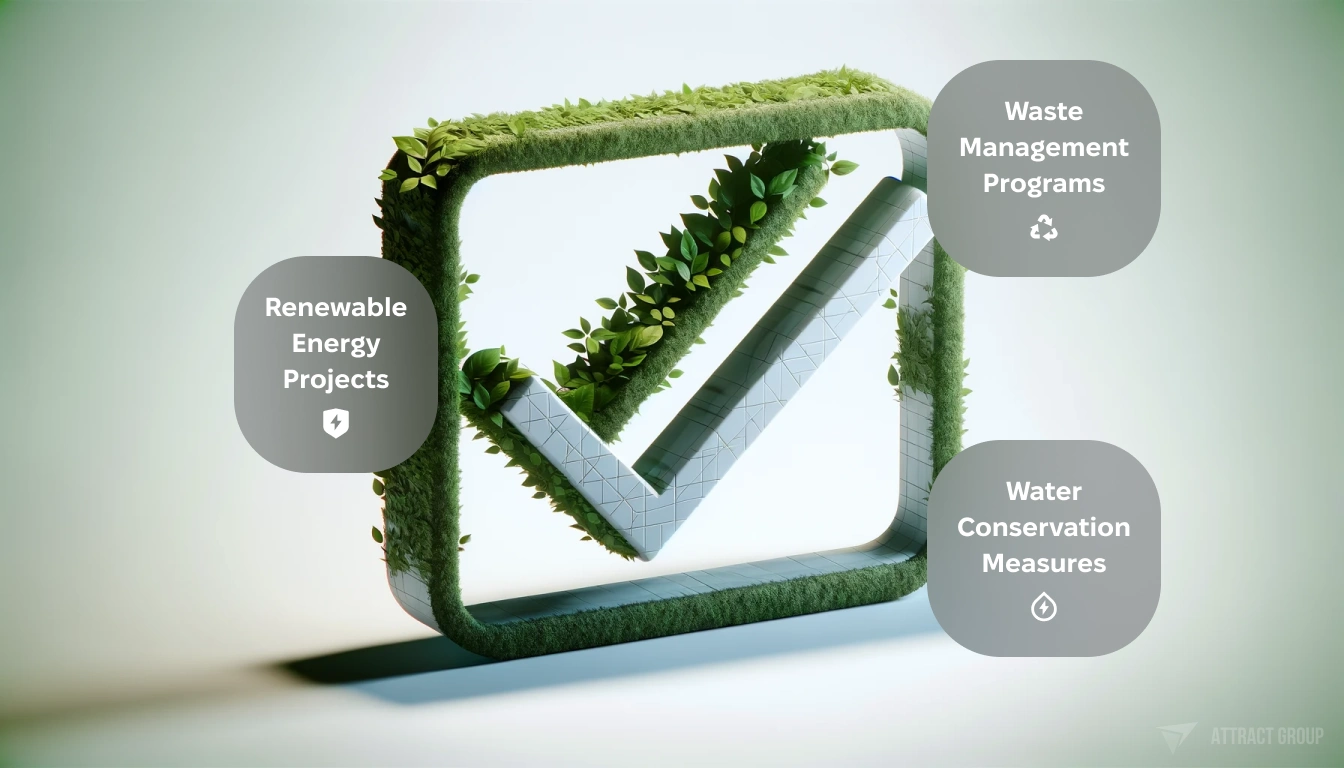
Percentage of Airports Implementing Green Initiatives
1. Solar Energy Adoption
One of the ways airports can enhance their environmental efficiency is through the adoption of solar energy. Airports are ideal locations for solar panels due to their vast open spaces. For instance, Denver International Airport has become one of the largest solar projects in the U.S., with 42,614 solar panels spanning 56 acres (source). Custom software can help manage and optimize these solar energy systems, providing real-time monitoring of energy production and usage, predictive analytics for maintenance and performance, and integration with other airport systems.
2. Waste Management
Airports generate a significant amount of waste, much of which is recyclable or compostable. Centralized waste management systems can be more efficient and easier to administer. Custom software can help manage these systems, tracking waste generation and recycling rates, optimizing waste collection and processing, and providing data for reporting and compliance purposes. For example, Dallas/Fort Worth International Airport and Hartsfield-Jackson Atlanta International Airport have implemented Zero Waste initiatives, aiming to reduce waste and increase recycling. Custom software can support these initiatives by providing tools for waste tracking, resource allocation, and performance monitoring.
3. Energy Efficiency in Operations
Energy efficiency is not only about adopting renewable energy sources but also about optimizing the use of energy in airport operations. Implementing energy efficiency measures in emergency relief airports, for instance, can provide significant cost savings and promote long-term sustainability. Custom software can help achieve these efficiencies by monitoring energy usage in real-time, identifying areas for improvement, and optimizing resource allocation.
Custom Software: A Lever for Eco-Friendly Airport Operations
Custom software is a key tool in the efficient management and implementation of green initiatives in airports. This software can be tailored to the specific needs and goals of each airport, making it a versatile and effective solution.
- Resource Optimization: Custom software can help in optimizing the use of resources like water and energy.
- Emission Tracking: It enables airports to monitor and manage their carbon emissions effectively.

Examples of How Software Aids in Environmental Management
- Energy Management Systems: Software that tracks energy usage and identifies areas for improvement.
- Waste Management Solutions: Tools for better waste sorting, reduction, and recycling processes.
IEA Study on Airport Energy Management revealed that implementing energy management systems in airports can lead to a reduction in energy consumption by up to 20%.
Airport Energy Management Software
Energy management is a significant area where airports can make a substantial impact. Efficient energy management reduces operational costs and contributes to environmental sustainability.
- Energy Consumption Analysis: Understanding where and how energy is used across the airport.
- Energy Optimization: Implementing measures to reduce energy wastage and optimize usage.
How Custom Software Solutions Optimize Energy Consumption
Custom software solutions in energy management offer various benefits:
- Real-Time Monitoring: Immediate insight into energy usage patterns.
- Predictive Analysis: Using data to forecast and mitigate potential energy wastage.
Here’s the comparison table showing energy consumption, cost implications, and environmental impact before and after implementing custom software solutions:
| Aspect | Before Implementation | After Implementation |
|---|---|---|
| Energy Consumption | High energy usage, less efficient | Reduced energy consumption, more efficient |
| Cost Implications | Higher operational costs | Lower operational costs and savings |
| Environmental Impact | Higher carbon footprint | Reduced carbon footprint |
This table highlights the significant improvements in energy efficiency, cost savings, and reduced environmental impact that can be achieved through the implementation of custom software solutions in airport operations.
Waste Reduction and Recycling Programs in Airport Management
Innovations in Waste Reduction Software for Airports
Effective waste management is essential for sustainable airport operations. Innovations in waste reduction software have enabled airports to manage their waste more efficiently.
- Automated Sorting Systems: Software-driven systems that streamline waste sorting.
- Waste Tracking Tools: Tools for tracking waste generation and recycling rates.
Carbon Footprint Tracking in Aviation
Software tools for carbon footprint tracking are crucial for sustainable airport practices. They provide essential data that helps in making informed decisions about carbon management strategies.
- Emission Calculation: Software tools that calculate the carbon emissions from various airport operations.
- Emission Reduction Strategies: Implementing strategies based on the data to reduce the overall carbon footprint.
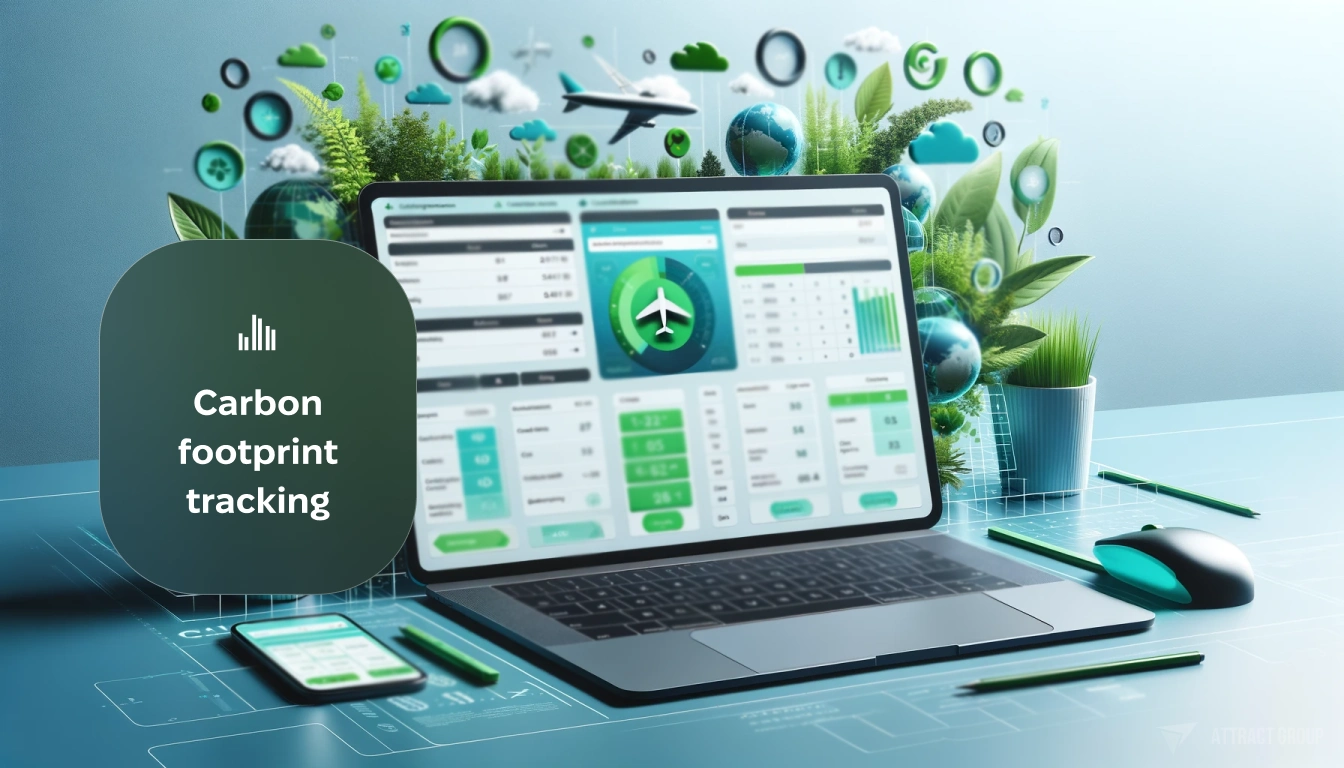
The Importance of Tracking for Sustainable Airport Practices
Tracking carbon emissions is key to understanding and mitigating the environmental impact of airports. It’s an essential step towards achieving sustainability goals and contributes to global efforts in combating climate change.
Comparison of Energy Consumption Before and After Implementing Energy Management Software
This table illustrates the impact of implementing energy management software on airports’ energy consumption, cost implications, and environmental impact.
| Aspect | Energy Consumption | Cost Implications | Environmental Impact |
|---|---|---|---|
| Before Implementation | High energy usage, less efficient | Higher operational costs | Higher carbon footprint |
| After Implementation | Reduced energy consumption, more efficient | Lower operational costs and savings | Reduced carbon footprint |
This table effectively highlights the benefits of adopting energy management software in airports, showing improvements in efficiency, cost savings, and reduced environmental impact.
According to the ACI Report on Carbon Reduction, airports participating in the Airport Carbon Accreditation program have collectively reduced CO2 emissions by over 320,000 tons.
Advancing Sustainable Airport Practices through Technology
Advancements in technology have opened new horizons for sustainable practices in airports. From noise reduction to improving air quality, software solutions are playing a crucial role.
The Range of Software Solutions Supporting Sustainable Airport Practices
Custom software solutions cater to various aspects of environmental sustainability in airports:
- Energy Efficiency Programs: Tools to optimize energy use, reducing the overall environmental footprint.
- Sustainable Resource Management: Software for managing resources more sustainably, including water and fuel.
Case Studies of Airports Employing Technology for Sustainability
Several airports have set benchmarks in employing technology for sustainable practices:
- San Francisco International Airport: Implemented a comprehensive waste management system that significantly reduced landfill waste.
- Amsterdam Schiphol Airport: Utilized energy management software to lower energy consumption and carbon emissions.
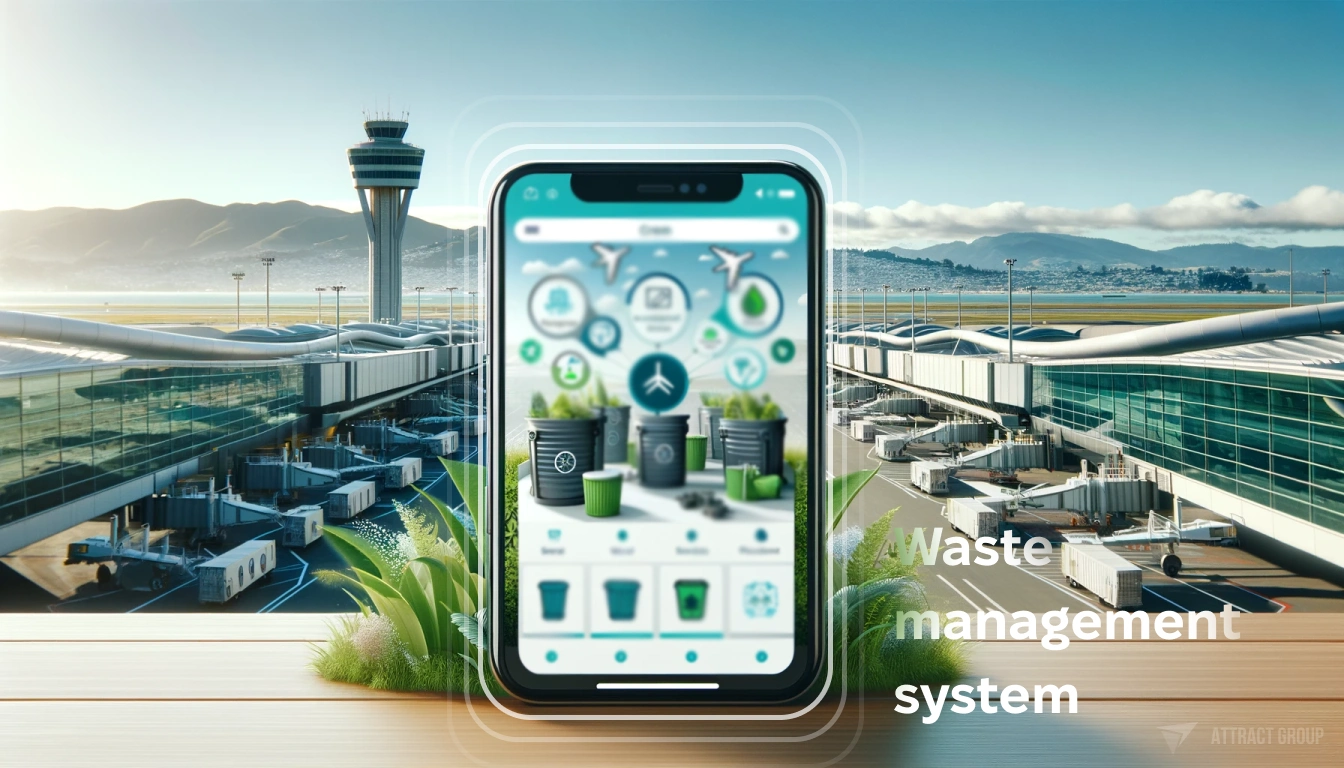
Noise and Air Quality Improvement Solutions
Noise pollution and air quality are two critical areas where airports can leverage software for significant improvements.
Noise Reduction Solutions for Airports and Their Community Benefits
Noise reduction software solutions help airports minimize the impact of aircraft noise, benefiting both the airport operations and surrounding communities. These solutions can include:
- Flight Path Optimization: Software that helps in designing flight paths to minimize noise pollution in residential areas.
- Noise Monitoring Systems: Tools to continuously monitor noise levels and ensure compliance with regulations.
Software for Monitoring and Improving Airport Air Quality
Airports can use custom software to monitor and manage air quality. Key features of such software include:
- Emission Tracking: Monitoring emissions from aircraft and ground operations.
- Air Quality Management: Implementing strategies based on real-time data to improve air quality around airport areas.
Water and Landscaping: Eco-Software in Action
Effective management of water resources and airport landscaping is essential for maintaining an eco-friendly environment.
How Software Aids in Water Resource Management at Airports
Water management software helps airports optimize their water usage, leading to more sustainable operations. Key functionalities include:
- Water Usage Monitoring: Tracking water usage across various airport facilities.
- Leak Detection and Prevention: Identifying and addressing water wastage promptly.
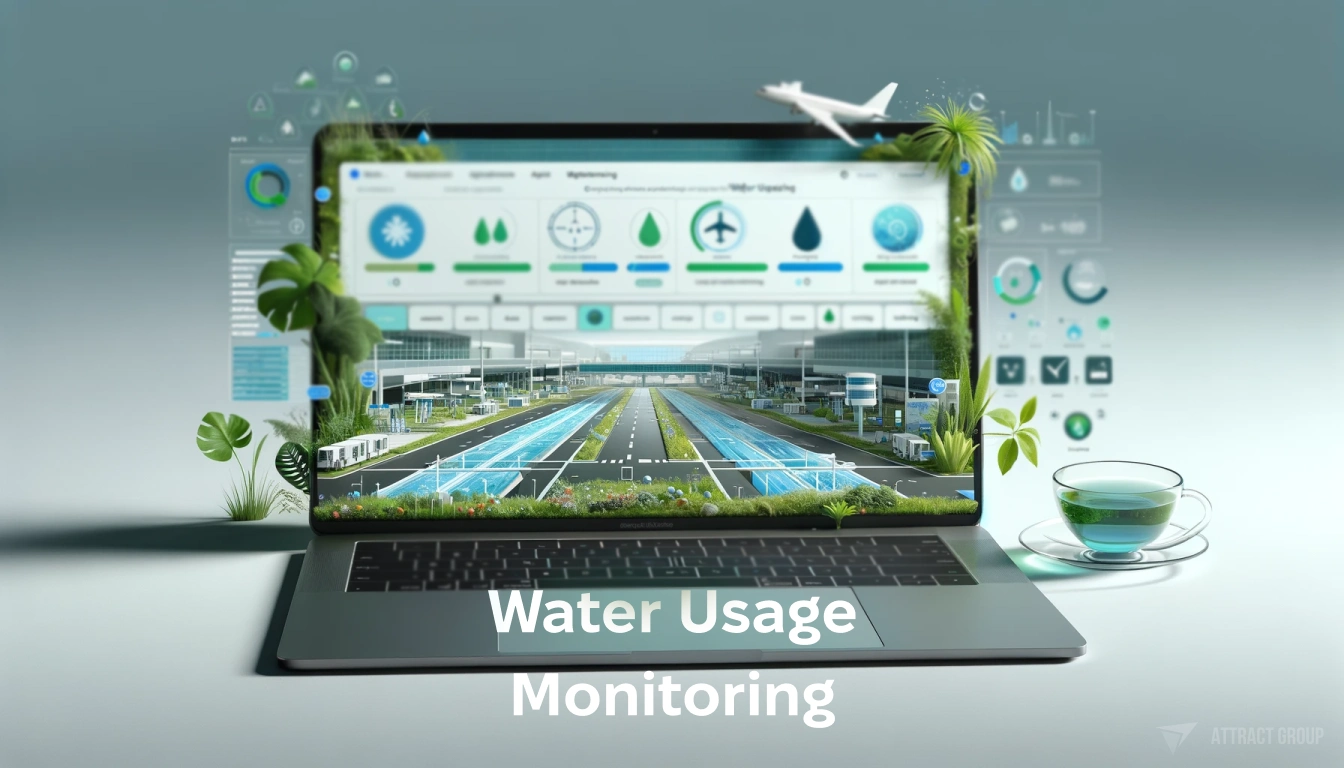
The Role of Airport Landscaping Software in Environmental Conservation
Landscaping software assists in designing and maintaining green spaces within airport premises, which is crucial for biodiversity and aesthetic purposes. It can help in:
- Eco-Friendly Landscape Design: Creating sustainable and visually appealing landscape designs.
- Irrigation Management: Optimizing irrigation schedules to conserve water.
Environmental Compliance for Aviation
Compliance with environmental regulations is a critical aspect for airports, and custom software can greatly aid in this area.
Understanding Airports Environment Protection Regulations
Airports need to navigate a complex set of environmental regulations. Non-compliance can lead to significant penalties and negative public perception.
Software’s Role in Aiding Compliance with Environmental Regulations
Custom software helps in:
- Regulatory Tracking: Keeping up-to-date with changing environmental regulations.
- Compliance Reporting: Simplifying the process of reporting compliance to regulatory bodies.
The Role of Design: Green Technology in Airport Architecture
Incorporating green technology into airport design is an essential strategy for creating a sustainable environment.
The Integration of Green Technology in Modern Airport Design
Modern airport designs increasingly feature green technologies, such as:
- Energy-Efficient Building Materials: Utilizing materials that reduce energy consumption.
- Sustainable Infrastructure: Incorporating features like green roofs and solar panels.
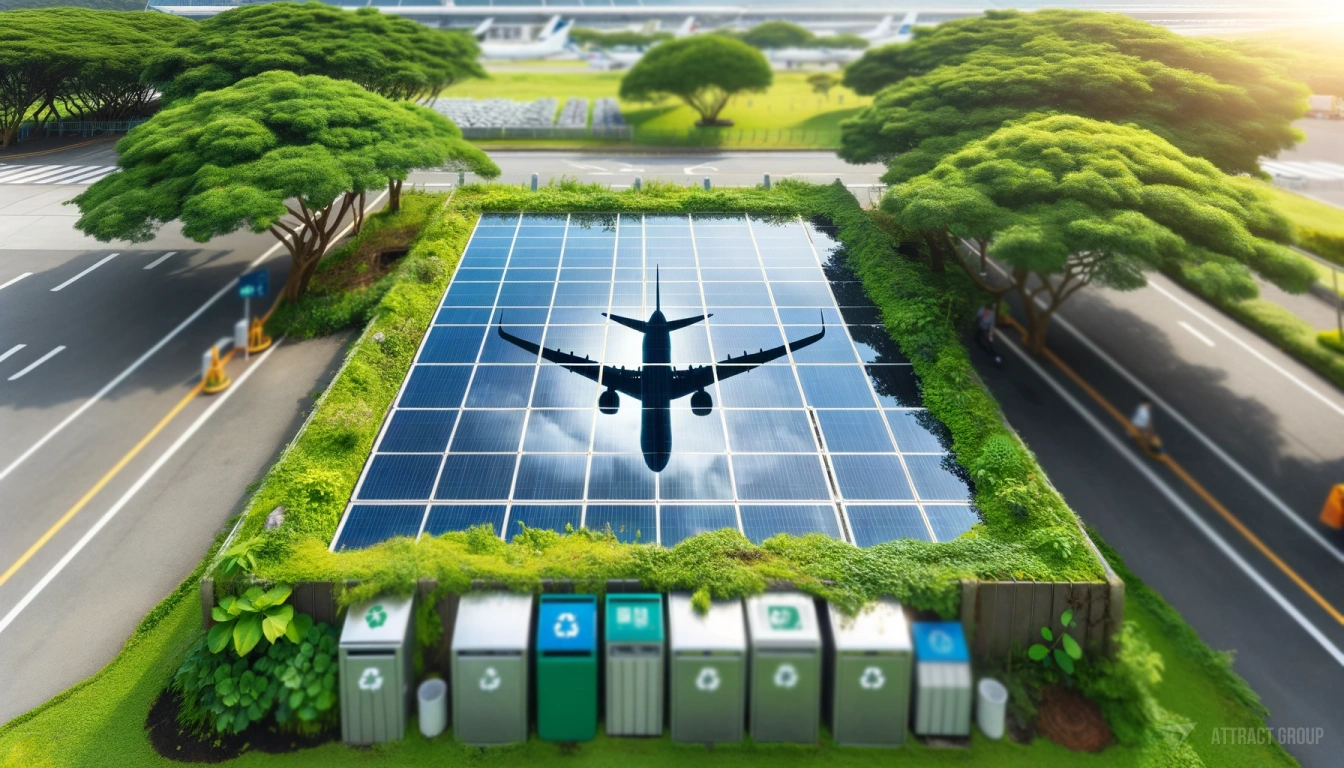
How Design Choices Contribute to the Ultimate Airport Environment
Modern airports represent a fusion of design and sustainability. They are not just transit points but gateways that demonstrate how innovative design can lead to environmental efficiency. For example, the use of energy-efficient building materials and smart design, such as solar panels and green roofs, helps airports reduce their carbon footprint. These eco-friendly design choices create a pleasant atmosphere, enhancing the passenger experience and setting a benchmark in sustainable infrastructure.
Airport Wildlife and Landscape Management
Managing the Unseen: Airports are not just about airplanes and runways; they are also homes to diverse wildlife and natural landscapes. Efficient management is crucial for maintaining safety and ecological balance. This involves:
- Habitat Protection: Ensuring wildlife areas within airport boundaries are undisturbed.
- Safety Measures: Implementing strategies to prevent wildlife-related incidents.
Using Software for Wildlife Management
- Habitat Monitoring: Tools to track and understand wildlife movements.
- Incident Management: Quick response solutions for any wildlife-related issues.
The Importance of Maintaining Ecological Balance Through Landscaping
Landscaping in airports does more than beautify; it plays a crucial role in environmental conservation. Thoughtfully designed green spaces contribute to the ecological balance, offering a habitat for local flora and fauna. Moreover, these areas provide a natural respite for travelers, enhancing the overall airport ambiance.
Looking Ahead: The Future of Airport Environments
The airport of tomorrow is shaped by today’s technological advancements and evolving environmental regulations. We are likely to witness:
- Stringent Environmental Regulations: Airports will need to adhere to more rigorous environmental standards.
- Technological Integration: A shift towards smarter, more sustainable operations using advanced technologies like AI and IoT.
Anticipated Developments in Environmental Protection Regulations Future regulations will likely demand higher sustainability standards, driving airports to innovate and adopt greener practices.
Predictions for the Evolution of Airport Environments Expect to see a more integrated approach where technology meets sustainability, leading to airports that are not only efficient but also eco-conscious.
Innovations on the Horizon: Airport Environment Upgrade
As we look forward, technological innovations are set to redefine airport environments. The focus is on:
- Automation and Data Analytics: Enhancing operational efficiency while minimizing environmental impact.
- Resource Management: Advanced software tools for more sustainable management of energy, water, and waste.
These innovations promise a future where airports are not just travel hubs but exemplars of environmental stewardship and technological prowess.
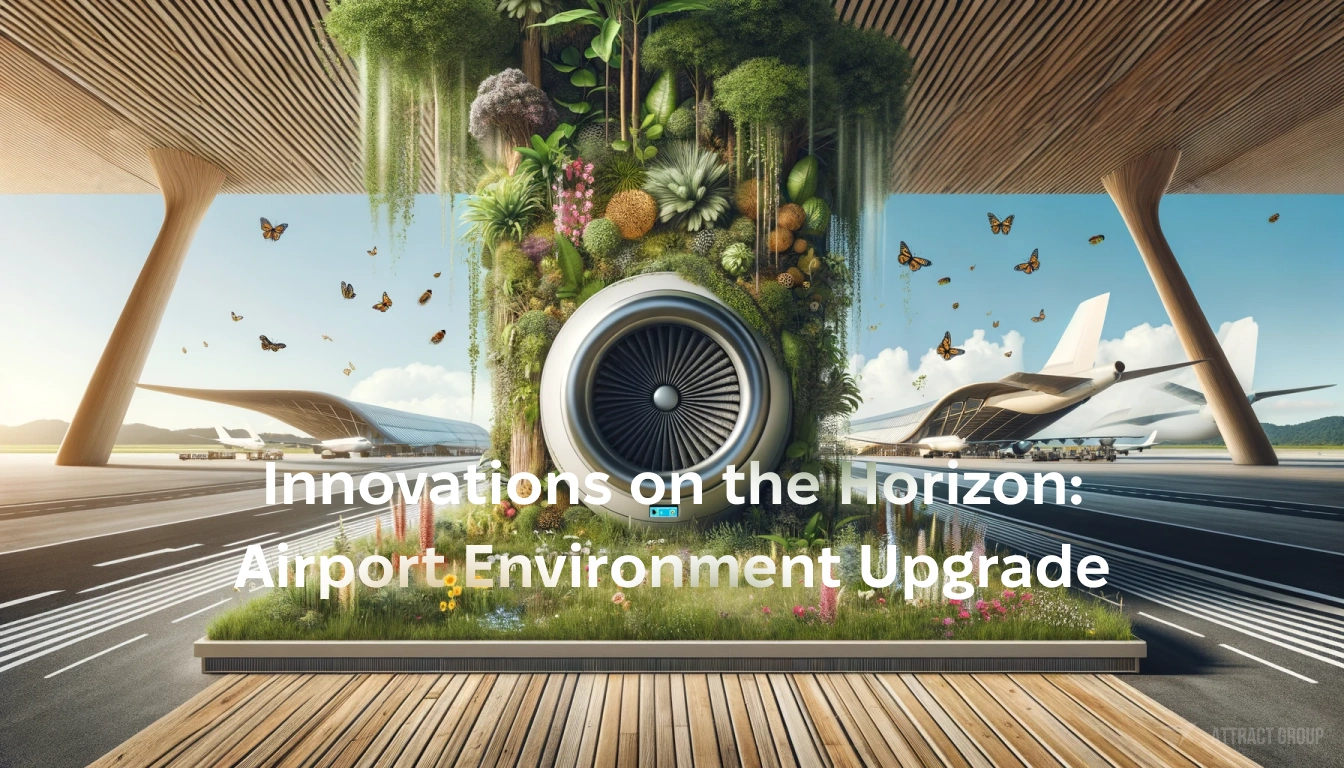
Upcoming Software Innovations for the Airport Environment Upgrade
We can expect to see new software innovations aimed at further enhancing airport environmental efficiency. These technologies will likely focus on automation, data analytics, and sustainable resource management.
These upcoming technologies are set to revolutionize airport operations, making them more efficient, sustainable, and compliant with environmental standards.
Conclusion
In conclusion, enhancing airport environment efficiency through custom software solutions represents a multi-dimensional approach that is crucial for the future of aviation. These solutions not only help airports in achieving compliance and operational efficiency but also play a significant role in protecting the environment.
Contact us to start your journey towards a greener airport
FAQs
What role does custom software play in improving airport environmental efficiency?
Custom software helps airports optimize operations like energy management, waste reduction, and emissions tracking, leading to improved environmental efficiency. Tailored solutions provide precise data analysis and resource management, contributing to sustainable airport practices.
How can airports manage their energy consumption more effectively?
Airports can manage energy consumption more effectively by implementing custom energy management software. This technology enables real-time monitoring and analysis of energy usage, helping to identify areas for improvement and implementing strategies to reduce energy wastage.
What are some common green initiatives adopted by airports?
Common green initiatives in airports include renewable energy projects like solar power installations, comprehensive recycling and waste management programs, and water conservation measures. These initiatives aim to reduce the environmental impact of airport operations.
Why is water resource management important for airports?
Effective water resource management is crucial for airports to ensure sustainable use of water, reduce waste, and minimize environmental impact. This involves implementing systems for efficient water use, leak detection, and possibly rainwater harvesting.
How do environmental management systems benefit airports?
Environmental management systems (EMS) benefit airports by providing a structured approach to manage environmental impacts. They aid in regulatory compliance, help in data-driven decision making, and promote continuous improvement in environmental performance.










